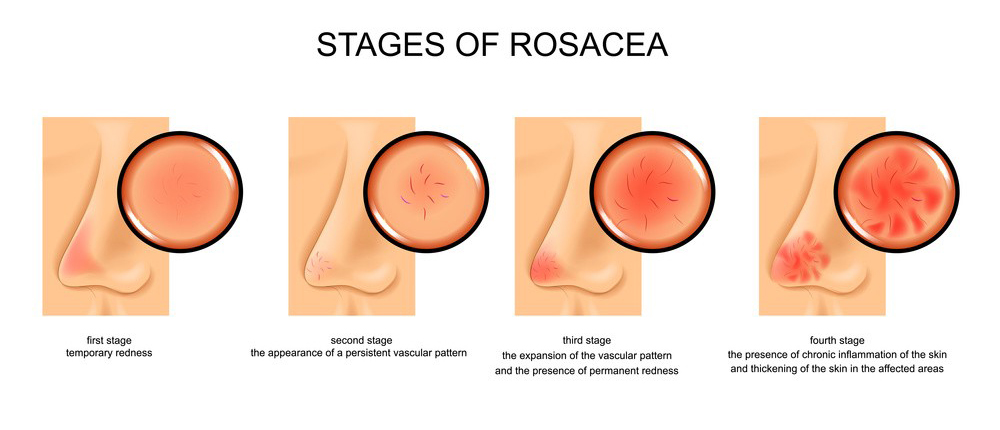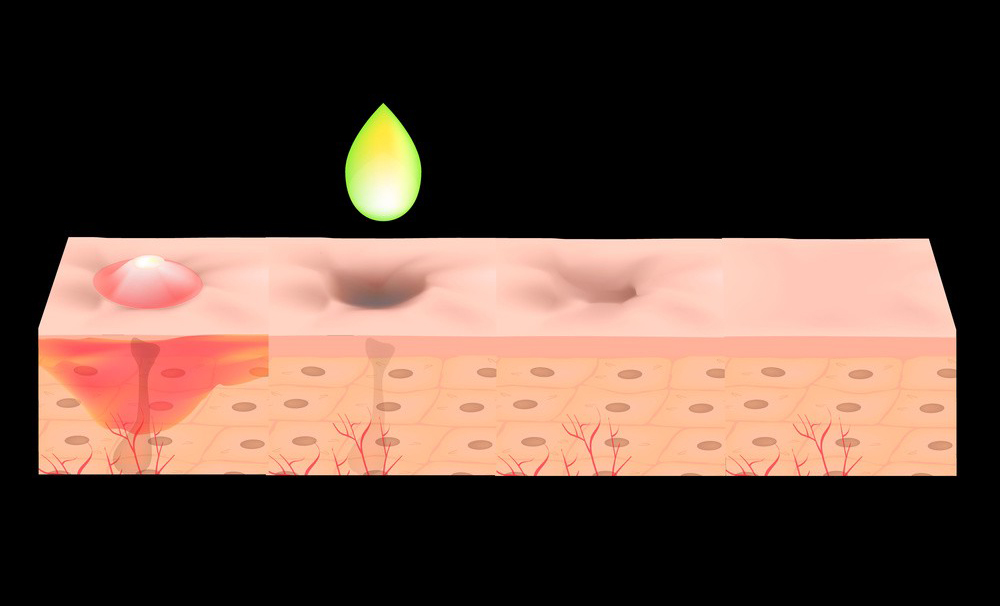Azelaic acid is a naturally occurring organic compound with the chemical formula C9H16O4. It is a dicarboxylic acid that is found in various grains like wheat, barley, and rye, as well as in certain animal products. Azelaic acid is also produced by a type of yeast called Malassezia furfur, which is found on human skin.
Azelaic acid has several medical and cosmetic applications:
- Treatment of Skin Conditions: Azelaic acid is commonly used in dermatology to treat various skin conditions. It is known for its anti-inflammatory and antimicrobial properties. It’s often prescribed for the treatment of acne, rosacea, and hyperpigmentation. It works by reducing inflammation, decreasing the growth of acne-causing bacteria, and inhibiting the production of melanin (the pigment responsible for dark spots and uneven skin tone).
- Melasma Treatment: Azelaic acid is sometimes used to treat melasma, a skin condition characterized by brown or grayish-brown patches on the face. It can help fade these patches and improve skin tone.

- Hair Loss: Some topical formulations of azelaic acid are used to promote hair growth and treat conditions like androgenetic alopecia (male pattern baldness).
- Hyperkeratotic Skin Disorders: Azelaic acid is used to treat certain hyperkeratotic skin disorders, which involve the thickening of the outer layer of skin.
Azelaic acid is available in both prescription and over-the-counter topical formulations. It is generally considered safe for most people when used as directed. However, like any skincare product or medication, it can have side effects, and it’s essential to follow your healthcare provider’s or dermatologist’s recommendations for its use. Common side effects can include skin irritation, burning, or stinging, but these are usually mild and temporary. If you’re considering using azelaic acid for any specific skin concern, it’s a good idea to consult with a healthcare professional to determine the most appropriate and effective treatment plan for your individual needs.
How to use Azelaic Acid?
Azelaic acid is a topical medication that is commonly used to treat skin conditions such as acne and rosacea. It has both antibacterial and anti-inflammatory properties, making it effective for these conditions. Here’s how to use azelaic acid:
- Consult a Dermatologist: Before using azelaic acid, it’s a good idea to consult a dermatologist. They can help determine if it’s the right treatment for your skin condition and recommend the appropriate concentration and formulation.
- Start with a Clean Face: Wash your face with a gentle cleanser and pat it dry. Make sure your skin is clean and free from any makeup or other skincare products.
- Apply a Thin Layer: Apply a thin layer of azelaic acid cream or gel to the affected areas of your skin. Use clean fingers or a cotton pad for application. Avoid using too much product, as it can lead to irritation.
- Frequency: The frequency of application can vary based on your dermatologist’s recommendations. In many cases, it is applied once or twice a day. Follow your doctor’s instructions.
- Sunscreen: Azelaic acid can make your skin more sensitive to the sun, so it’s crucial to use sunscreen daily, even on cloudy days. Choose a broad-spectrum sunscreen with an SPF of 30 or higher.
- Be Patient: It may take several weeks to see noticeable improvements in your skin condition. Be patient and consistent with your application.
- Avoid Eye Area: Be careful to avoid applying azelaic acid too close to your eyes, as it can be irritating to the sensitive eye area.
- Avoid Contact with Mucous Membranes: Avoid applying azelaic acid to your lips or inside your nose, as it can be irritating.

- Moisturize: Depending on your skin type and the formulation of the product, you may want to apply a moisturizer after the azelaic acid has absorbed. This can help reduce dryness or irritation.
- Discontinue If Irritation Occurs: If you experience excessive redness, peeling, or irritation, stop using azelaic acid and consult your dermatologist.
- Follow Instructions: Always follow the specific instructions provided by your dermatologist or on the product packaging. If you have any questions or concerns, don’t hesitate to contact your healthcare provider.
Azelaic acid can be an effective treatment for various skin conditions, but its use should be monitored by a healthcare professional. It may not be suitable for all skin types, and there can be side effects or interactions with other skincare products, so consulting a dermatologist is essential for the best results.
